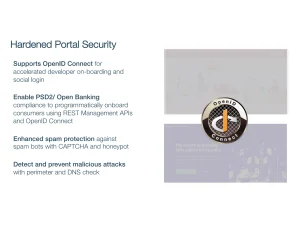The Impact of Climate Change on Property Insurance Rates and Coverage

You know how a small crack in a dam can eventually lead to a flood? Well, climate change is doing something similar to property insurance—slowly but surely reshaping the landscape. From skyrocketing premiums to vanishing coverage options, homeowners and businesses are feeling the heat. Let’s break it down.
Why Climate Change Is Shaking Up Insurance
Insurance companies aren’t in the business of losing money. And with climate change fueling more frequent—and severe—natural disasters, their risk models are getting a brutal reality check. Here’s what’s happening:
- More claims, higher costs: Wildfires, hurricanes, and floods are no longer “rare events.” They’re annual nightmares, and insurers are paying out billions.
- Unpredictable patterns: Areas once considered “low-risk” are now disaster zones, catching everyone off guard.
- Reinsurance squeeze: Even insurers have insurers (called reinsurers). And those guys are raising their rates too. Guess who foots the bill?
How Premiums Are Reacting
Honestly? It’s not pretty. In wildfire-prone states like California, some homeowners have seen premiums jump 300% in five years. Coastal regions aren’t faring much better. Here’s the deal:
| Region | Average Premium Increase (2018-2023) |
| California (Wildfire Zones) | 200-300% |
| Florida (Hurricane Risk) | 150-250% |
| Midwest (Flood/Storm) | 80-120% |
And it’s not just about geography. Insurers are also:
- Adding climate-risk surcharges
- Reducing coverage limits (good luck rebuilding your home for half its value)
- Demanding costly upgrades (like hurricane shutters or fire-resistant roofing)
The Vanishing Coverage Problem
Here’s where things get scary. Some insurers are straight-up pulling out of high-risk areas. In Florida, over a dozen companies have stopped writing new policies. California? Same story. When private insurers bail, homeowners are forced into state-run “insurers of last resort”—which are often more expensive and offer bare-bones coverage.
What’s Disappearing First?
- Flood insurance: Most standard policies don’t cover it anyway, but even federal programs (like NFIP) are raising rates.
- Wildfire coverage: If you’re in a “red zone,” finding affordable insurance is like hunting for unicorns.
- Wind/hail damage: Common in the Midwest and South, but insurers are adding exclusions left and right.
What Homeowners Can Do (Besides Panic)
Okay, deep breath. There are ways to adapt—though none are perfect. Here’s a mix of short-term fixes and long-game strategies:
- Shop around: Independent brokers can sometimes find niche insurers still willing to cover risky areas.
- Harden your home: Upgrading to impact-resistant windows or fireproof materials might lower premiums.
- Consider higher deductibles: Risky, but it can keep monthly payments manageable.
- Advocate for policy changes: Some states (like Oregon) are experimenting with climate-resilience tax credits.
The Bigger Picture: Is Insurance Sustainable?
This isn’t just a homeowner problem—it’s a societal one. If insurance becomes unaffordable (or unavailable) in huge swaths of the country, what happens to property values? To mortgages? To entire communities? Some experts argue we’re heading toward a “climate bubble” that could make the 2008 housing crash look tame.
That said… innovation is creeping in. A few startups are using AI to better predict risks, while others are pushing “parametric insurance” (payouts based on weather data, not damage assessments). Still, these are drops in a very large, very stormy bucket.
One thing’s clear: the old rules don’t apply anymore. And whether we’re ready or not, climate change is rewriting them in real time.







